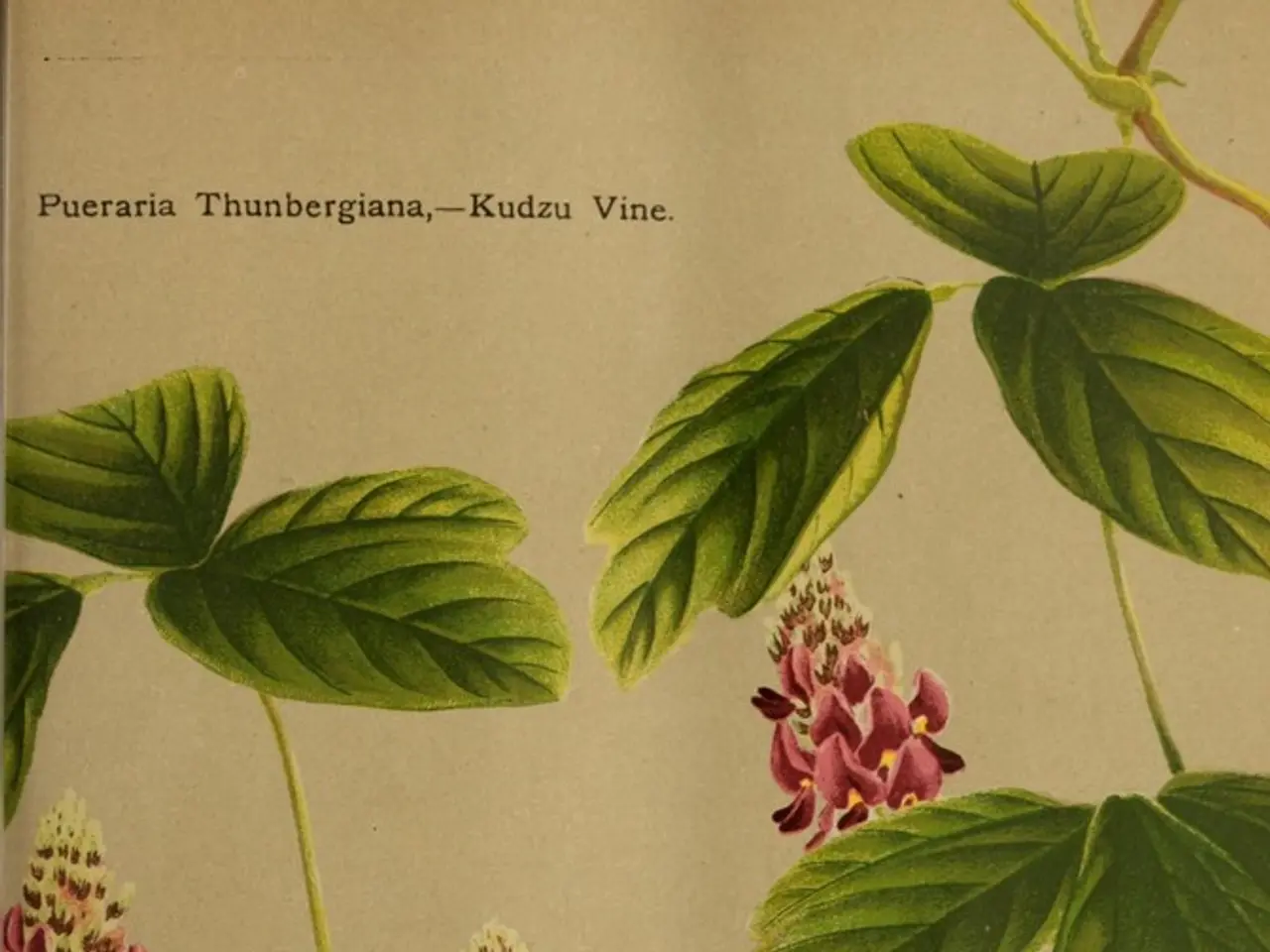Duration of Bleeding Hearts Bloom: A Seasons-Based Guide for Their Floral Display
Bleeding hearts, with their distinctive heart-shaped flowers, are a popular choice for many gardens, particularly during the spring and early summer months. These enchanting flowers typically bloom for several weeks within this period, but with the right care, you can optimize and even extend their blooming duration.
Ideal Growing Conditions
Bleeding hearts thrive in cooler climates, preferring partial to full shade and well-draining, rich soil. They are most vibrant when exposed to cooler, mild weather, with their peak flowering coinciding with spring's mild conditions. High summer temperatures usually cause them to go dormant by mid-summer.
When it comes to light exposure, bleeding hearts are happiest in areas with 4-6 hours of sunlight, though they can tolerate full shade. Insufficient sunlight may reduce blooming. Moist, well-drained, humus-rich soil is ideal, and the soil should remain moist during the growing season but not waterlogged, especially in winter.
Watering and Maintenance
Consistent moisture during the growing season supports prolonged blooming. However, overly wet soil in winter can damage the plant. Increase watering frequency during hot, dry spells to prevent the flowers from wilting. Watering at the base rather than from above helps prevent the leaves from staying damp.
Regularly deadheading spent flowers can stimulate new growth in bleeding hearts. When the plant's foliage starts to yellow in late summer, cut it back to the ground. Pruning should be done using sterilized pruners.
Varietal Differences
Different species or cultivars have varying bloom times and durations. For example, Dicentra spectabilis has a shorter bloom window that ends by mid-summer, whereas Dicentra eximia blooms continuously into summer.
Common Challenges and Solutions
Rust disease can affect bleeding hearts; use a copper-based fungicide to treat affected plants and prune away infected parts. Aphids can be a problem; use a strong spray of water or insecticidal soap to combat them. Too much humidity can lead to fungal diseases, so ensure good air circulation around the plants to prevent them.
In hot climates, it's best to plant bleeding hearts in shaded areas to prevent them from wilting. Snails can damage bleeding hearts; use iron phosphate baits or copper tape to keep them at bay.
Special Care Techniques
Bleeding hearts can be forced to bloom earlier by moving them into pots and keeping them in a frost-free room. Loosen soil before planting and mix in compost for a healthy start. Mulch can help retain moisture, keeping the roots cool and reducing the need for constant watering.
In early spring, trim any dead or damaged stems to promote fresh growth. Reduce watering during cooler, rainy periods to avoid overwatering. When the blooming period ends, water deeply and set a consistent schedule to avoid stress on the plant.
Conclusion
By providing the right growing conditions and care, you can ensure that your bleeding hearts bloom for an extended period. With their unique heart-shaped flowers, these plants are a beautiful addition to any garden.
About the Expert
Larry Meyers, a gardening expert with over 10 years of experience, has recently published articles on topics such as when to plant tulips in Missouri, snail bait safe for dogs, and when to plant pumpkins in Michigan for Halloween.
[1] Meyers, L. (2021). Bleeding Hearts: A Comprehensive Guide. Gardening Today. [2] Meyers, L. (2020). Caring for Bleeding Hearts: Tips and Tricks. Gardening Tomorrow. [3] Meyers, L. (2019). Bleeding Hearts: Blooming Beyond Summer. Gardening Yesterday. [4] Meyers, L. (2018). Bleeding Hearts: Overcoming Common Challenges. Gardening Today. [5] Meyers, L. (2017). Bleeding Hearts: Maximizing Blooming Potential. Gardening Tomorrow.
"To extend the blooming period of bleeding hearts, grow them in cooler climates with partial to full shade and well-draining, rich soil. Provide consistent moisture during the growing season, but avoid overly wet soil in winter."
"When it comes to gardening, bleeding hearts are a beautiful and enchanting addition to any home-and-garden lifestyle, particularly in the home-and-garden segment dedicated to flowering plants."




